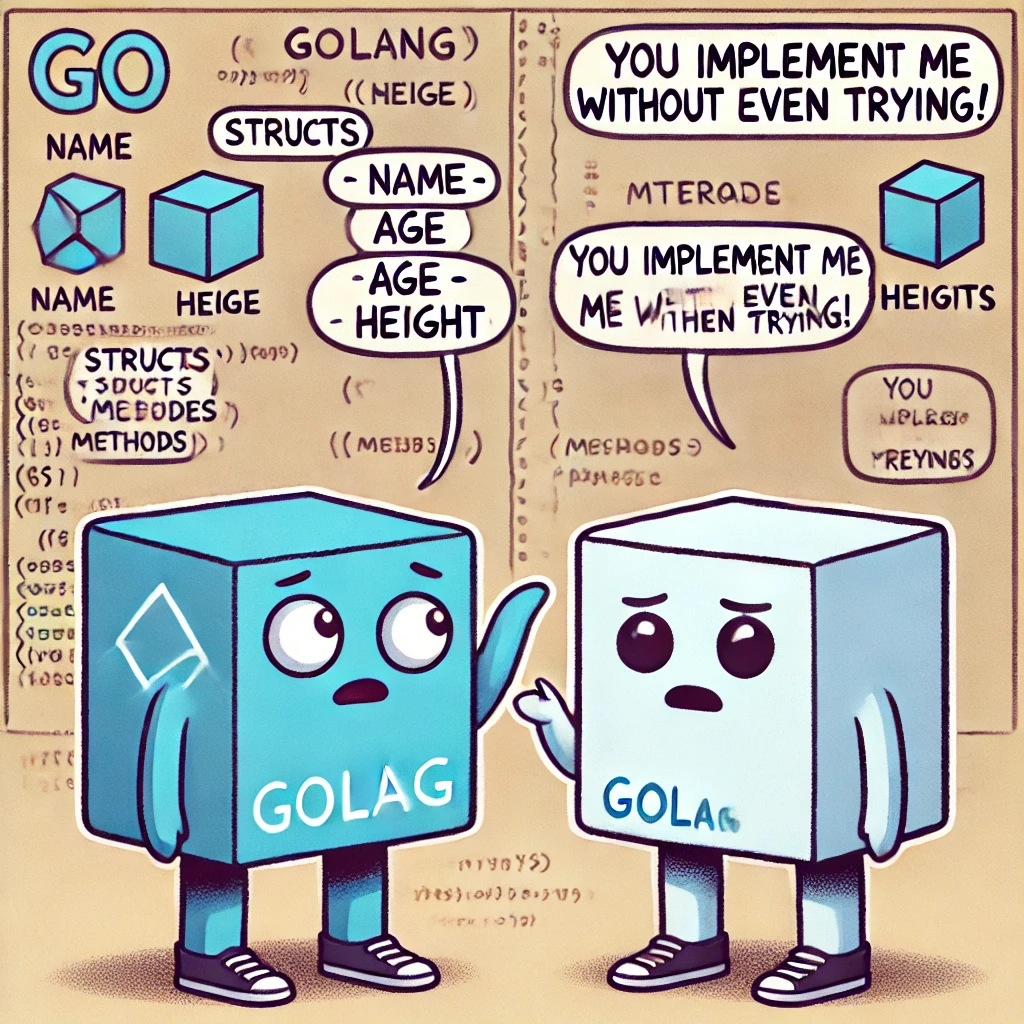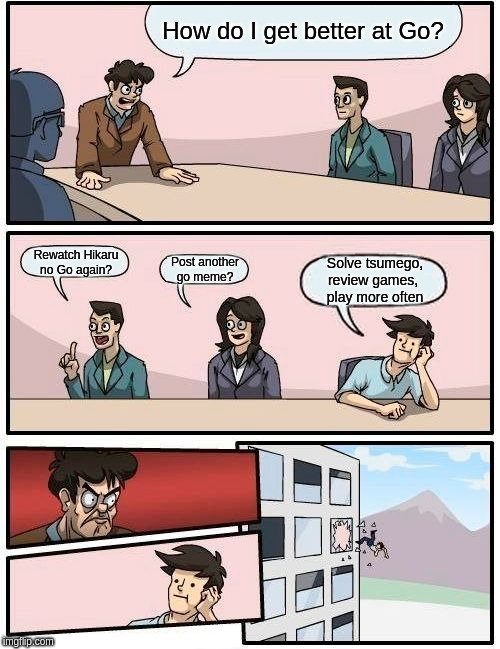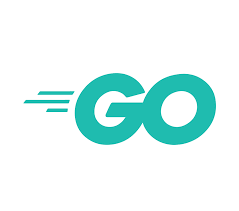Understanding Golang Structs and Interfaces
Golang, or Go, is a powerful and efficient programming language that emphasizes simplicity and performance. Two essential features of Go that contribute to its expressive power are structs and interfaces. In this blog, we’ll explore these constructs, their uses, and how they work together to enable robust, modular, and reusable code.

What Are Structs in Go?
A struct in Go is a composite data type that groups together variables (fields) under a single name. These fields can be of different types, making structs a versatile way to model real-world entities and their attributes.
Defining a Struct
To define a struct, use the type keyword followed by the struct name and its fields enclosed in curly braces:
package main
import "fmt"
type Person struct {
FirstName string
LastName string
Age int
}
func main() {
// Creating an instance of the struct
person := Person{
FirstName: "John",
LastName: "Doe",
Age: 30,
}
fmt.Println(person)
}Accessing and Modifying Fields
You can access and modify struct fields using the dot operator (.):
person.Age = 31
fmt.Println("Updated Age:", person.Age)Anonymous Structs
For quick, ad-hoc data grouping, you can use anonymous structs:
student := struct {
Name string
Grade int
}{
Name: "Alice",
Grade: 90,
}
fmt.Println(student)
What Are Interfaces in Go?
An interface in Go specifies a set of method signatures but does not implement them. A type satisfies an interface by implementing all its methods. Interfaces enable polymorphism, allowing you to write flexible and reusable code.
Defining an Interface
Here’s how you define an interface:
type Greeter interface {
Greet() string
}Implementing an Interface
Any type that provides definitions for all methods in an interface is said to implement that interface:
type Person struct {
Name string
}
func (p Person) Greet() string {
return "Hello, my name is " + p.Name
}
func main() {
var greeter Greeter
greeter = Person{Name: "John"}
fmt.Println(greeter.Greet())
}Empty Interface
The interface{} type is known as the empty interface. It can hold any value, making it useful for generic programming:
func PrintValue(v interface{}) {
fmt.Println(v)
}
func main() {
PrintValue(42)
PrintValue("hello")
PrintValue([]int{1, 2, 3})
}
Combining Structs and Interfaces
Structs and interfaces often work hand-in-hand to build modular and reusable code. Consider the following example:
type Animal interface {
Speak() string
}
type Dog struct{}
func (d Dog) Speak() string {
return "Woof"
}
type Cat struct{}
func (c Cat) Speak() string {
return "Meow"
}
func MakeNoise(a Animal) {
fmt.Println(a.Speak())
}
func main() {
dog := Dog{}
cat := Cat{}
MakeNoise(dog)
MakeNoise(cat)
}Here, the Animal interface defines behavior, while Dog and Cat structs implement this behavior. The MakeNoise function demonstrates polymorphism by accepting any type that satisfies the Animal interface.
Best Practices
- Use Interfaces for Abstraction: Define interfaces based on the behavior your application needs, not based on what your structs already provide.
- Small Interfaces: Keep interfaces small and focused. A good rule of thumb is the "single-method interface."
- Avoid Premature Interface Design: Start with concrete types (structs) and introduce interfaces only when needed, such as for dependency injection or testing.
- Document Interfaces Clearly: Specify the purpose and expected behavior of your interfaces.
Conclusion
Structs and interfaces are fundamental to Go’s design philosophy, enabling developers to write clean, modular, and maintainable code. While structs provide a way to group and organize data, interfaces allow for defining and enforcing behavior. Understanding how to use these features effectively will significantly enhance your ability to write idiomatic Go code.
Happy coding!
.jpg)
.jpg)
.jpg)
.jpg)

.jpg)
.jpg)
.jpg)
.jpg)
